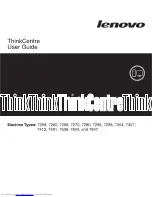
The second test is an echo back check during which the port sends
data to itself in a fixed data format, at all the possible baud rates.
When this test begins, you see this message:
RS-232C echo back check - at various
baud rates
Current baud rate is 75
Current test data is 00
Each baud rate is tested in turn, and the display informs you of the
progress of the test. If the port does not become ready correctly,
a
timeout error occurs. If any data received does not match the data
sent, a verify error occurs, and the computer reports the transmitted
and received data at the time of the error.
The final test is an echo back check during which the port sends
data to itself at 9600 baud, using various data formats. At the start
of the test, you see this message:
RS-232C echo back check - with various
data formats
Current data format: 5 data bits, 1 stop
bits, parity - NONE
Current test data is 00
Once again, if any data received does not match the data sent, a
verify error occurs, and the computer reports the transmitted and
received data at the time of the error.
Alternate Serial Port Check
Use this option to test the functions of an additional serial
communications (RS-232C) port. To perform the test, you must
insert a special loop-back connector into the alternate serial port so
that the computer can check the port’s individual pins.
This test is identical to the check for the primary serial port. For
more details, see the preceding section.
Performing System Diagnostics
D-23
















































